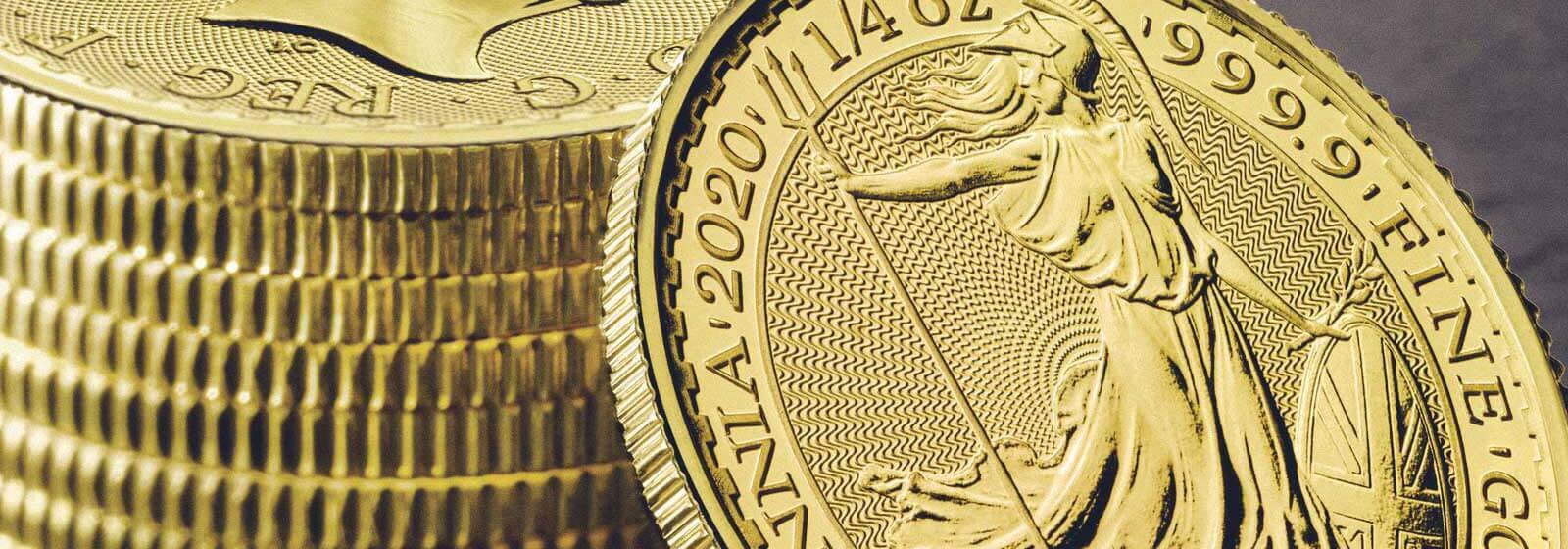Gold Price Fluctuations
From supply and demand to changes in the economic climate, this article looks into what factors really influence the price of gold.
Until 1931, the price of gold determined our currency’s value. This meant that at any time you could take your paper currency into a bank and exchange its value for physical gold. During the ‘Great Depression’ in the 1930s, more and more people were exchanging their paper money for the precious yellow metal. Soon the United Kingdom was in danger of running out of its gold reserves, and the ‘gold standard’ was eventually abandoned in 1931.
As of 2014, no nation uses a gold standard as the basis of its monetary system, although many continue to hold substantial gold reserves.
So, How is the Price of Gold Calculated now?
The official price of gold is set twice a day: at 10:30am and 3pm GMT, apart from Christmas Eve and New Year’s Eve when there is only a morning fix. This is called gold fixing, and is decided by the London Bullion Market Association (LBMA). Although officially gold fixing is used to decide contracts between members of the London Bullion Market, it is unofficially recognised as the benchmark used to price gold across the world.
The LBMA looks at many factors when deciding on the price of gold for that particular day, including:
- Supply and demand
- Economic and political uncertainty
- Central bank buying and selling
- Inflation and interest rates
Supply and Demand
There is only a finite amount of gold in the world, so any increase, decrease or sudden change to the supply or demand of gold will have an impact on its price. For example, the largest purchases of bullion are in the Chinese and Indian jewellery markets. The wedding season in India is traditionally in October, and that tends to be the time of year that sees the highest demand for gold. However, if people in these countries don’t have the disposable income to spend, this will affect the amount they buy and therefore the price of gold. Another example of the impact of demand on the price of gold is in 2002, when Chinese citizens were granted the right to buy gold bars for the first time since 1949. This sparked a huge demand for gold bullion, which then affected the price of gold across the world.
Economic and Political Circumstances
The global economy has a large role to play in the amount of confidence the markets have in gold. When the economic situation is weak, investors tend to hold on to gold, as it’s considered to have intrinsic value, pushing up its demand and therefore its price. Just as the gold price peaks at times of inflation, deflation tends to push down the price of gold as the pound strengthens and investors regain confidence. It’s the same scenario with the political situation. World events will always have a significant influence on the price of commodities such as gold.
The Seasonality of the Gold Price
[Insert graph here]
The graph above shows the average gold price by month for the last 10 years. 100% represents the annual average gold price in any given year. Over this period, the gold price has tended to be lower over the summer months, with a noticeable increase in the autumn, which is partly due to seasonal demand from India.
Central Bank Buying and Selling
The big buyers in the gold market tend to be central banks, and the amount they buy and sell traditionally affects prices. According to the World Gold Council, 60% of the world’s current gold reserves are held by the governments of the United States, Germany, France, Switzerland and Italy. Potentially, if the current stockpiles of gold were to be sold off, the downward pressure on its price could result in gold flooding the market, ultimately pushing prices down.
Inflation and Interest Rates
Historically, when interest rates have fallen, the price of gold has risen. This is true for most commodities. It is based on the theory that paper money may lose value, leaving gold with a stronger purchasing power. However, we can’t know this for certain as past performance doesn’t guarantee future growth, but it can act as an indicator.

